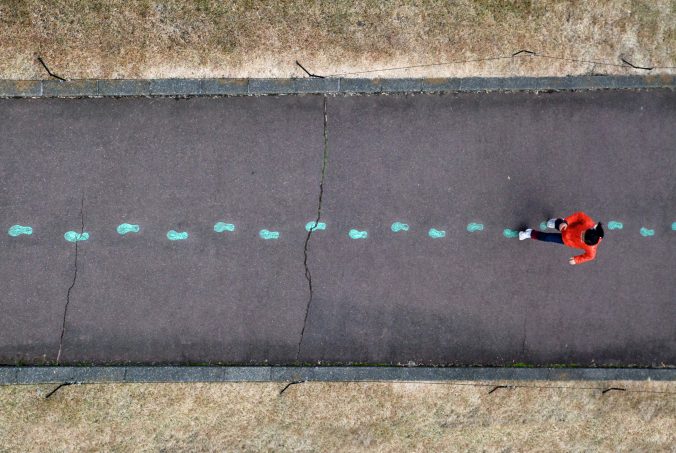Constructivist pedagogy, with its emphasis on active knowledge construction and social learning, offers a robust framework for teaching coding. This post explores how constructivist principles align with coding education while addressing potential gaps and considerations. Constructivism asserts that learners build understanding through experience, reflection, and collaboration.
Key characteristics include:
- Learner-centered design: Instruction adapts to students’ prior knowledge, interests, and cultural contexts.
- Active learning: Students engage in hands-on tasks, problem-solving, and experimentation.
- Social collaboration: Peer interaction and guided scaffolding deepen understanding.
- Critical inquiry: Learners analyze processes, reflect on mistakes, and revise strategies.
Coding education does well under constructivist principles when framed as a creative, iterative process. For instance:
- Learner-centered coding: Students tackle projects aligned with their passions, such as designing games or apps, fostering intrinsic motivation. Personalized pathways allow beginners to start with block-based coding while advanced learners use Python or JavaScript.
- Active learning through experimentation: Coding inherently involves trial and error. Debugging code on a program mirrors constructivist learning by doing, where mistakes become opportunities for growth. Project-based assignments, like building a website, require students to apply concepts in real life contexts.
- Critical inquiry and metacognition: Reflecting on code results or debating algorithmic choices helps analytical skills. Students learn to question assumptions, such as why one loop structure is more optimal than another.
Despite synergies, misapplications of technology or pedagogy can hinder alignment:
- Rote memorization of coding syntax without contextual projects contradicts active learning.
- Isolated learning environments: Solo coding exercises without peer interaction neglect social constructivism’s collaborative ethos.
- Access barriers: Inequitable access to devices or high-speed internet excludes marginalized learners from participatory coding experiences.
- Automated grading tools: Systems that prioritize “correctness” over creative problem-solving may stifle experimentation.
Constructivist pedagogy and coding education are highly compatible when coding is taught as a dynamic, socially embedded practice. Educators should prioritize project-based learning, collaboration, and reflective practices while advocating for easy accessibility to tools. Technology should act as a mindtool for critical thinking – principles that resonate deeply with teaching coding from a constructivist perspective. By framing coding as a process of exploration and co-creation, educators can encourage learners to become adaptable, innovative problem-solvers.

Recent Comments